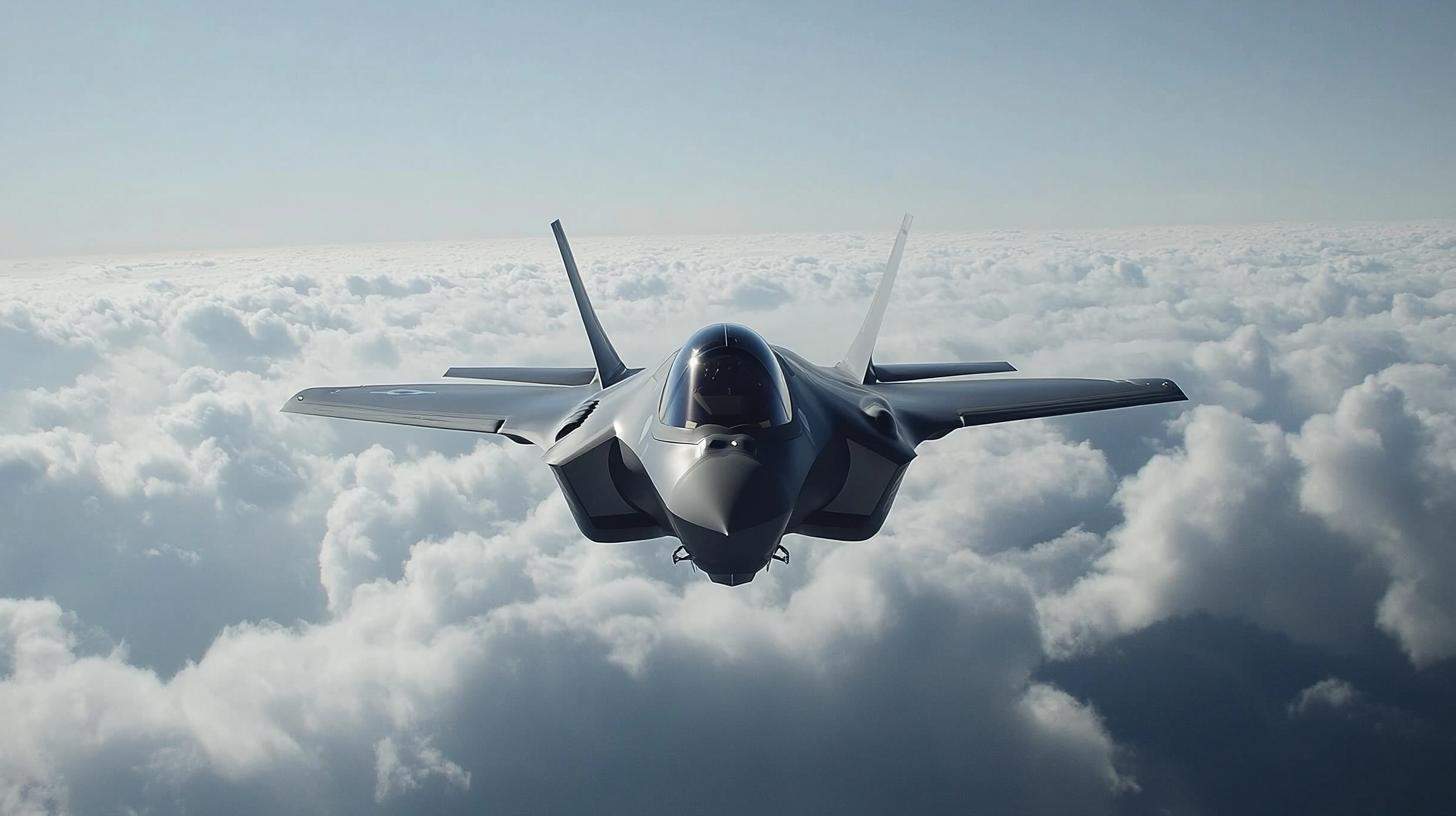Unexpected Dangers Hidden in Everyday Travel Tools!
A rising number of fires linked to e-bikes and e-scooters is prompting warnings from authorities. In a single year, London’s Fire Brigade handled 143 e-bike fires and 36 e-scooter fires, resulting in three fatalities and approximately 60 injuries. These incidents are linked to the lithium batteries that power these modes of transport. Such fires are particularly hazardous due to their ability to spread quickly and emit toxic fumes.
Issues predominantly arise from products not meeting UK safety standards, which increases the risk of battery explosions, especially during charging. The Department for Business and Trade has identified incompatible and faulty components as significant contributors to these blazes.
As part of a new safety campaign, officials urge consumers to purchase equipment only from reputable sellers and to use recommended parts during repairs or conversions. Product safety minister Justin Madders stressed the importance of vigilance when buying these tech-savvy devices, warning about the dangers of unsafe e-bike and e-scooter usage.
Concerns From Experts and Safety Advocates
Simon Lightwood, the local transport minister, highlighted the threat posed by rogue sellers introducing hazardous products into homes, potentially affecting public confidence in eco-friendly transportation. The tragic fire-related incidents earlier highlighted by coroners and grieving families serve as stark reminders of these dangers.
Lesley Rudd of Electrical Safety First warned against improper charging and low-quality products. A new legislative push—the Product Regulation and Metrology Bill—aims to strengthen regulation over dangerous goods, combating the growing threat posed by unsafe e-transport equipment.
Shocking Truths About E-Bikes and E-Scooters: More Than Just a Safety Hazard!
The recent revelations about the dangers of e-bikes and e-scooters have opened up discussions that go beyond just the immediate risks of fire hazards they pose. In addition to these safety concerns, the implications ripple through economic, social, and environmental contexts, affecting lives in ways that might not be immediately apparent.
How Are These Incidents Affecting Economies and Local Communities?
The manufacturing, sale, and repair of e-bikes and e-scooters are burgeoning sectors contributing to many local economies. However, the recent surge in fires linked to these devices may have economic repercussions. Local businesses specializing in the sale and repair of these devices face increased scrutiny and potential losses if consumers lose confidence in the safety of these products. This scenario underscores the importance of government intervention to regulate and ensure quality, safeguarding not just consumer lives, but also livelihoods dependent on these eco-friendly transport modes.
Communities relying on e-bikes and e-scooters for everyday transportation are also put in a precarious position. For many, these devices offer an affordable and efficient means of getting around town. With rising fuel costs and environmental concerns, they represent a sustainable choice. However, the fear of potential dangers could push people back to using less eco-friendly modes of transportation, impacting the larger goal of reducing carbon emissions.
Interesting Facts and Controversies: Global Responses
Globally, the response to these hazards varies. In countries like the United States, where e-bikes are popular in urban areas, different states have implemented specific regulations concerning the security and usage of e-bikes and e-scooters. New York City, for example, has taken steps to address these dangers with bans on specific models and requirements for safety certifications.
Here’s an interesting fact: in Amsterdam, often hailed as the cycling capital of the world, e-bikes have taken merely a year to become one of the major players in its streets, yet there’s heightened awareness about following safety standards. A stark contrast exists in developing countries, where regulatory standards might not be as stringent, potentially leading to higher risks.
Questions Raised: What Are the Potential Solutions?
1. How can we ensure the safe integration of e-bikes and e-scooters into our society?
One solution lies in stricter international cooperation regarding safety standards, which ensures that products meet specific quality markers before reaching consumers. Educating users about safe charging practices and recognizing brands that prioritize battery safety can also help.
2. What role do manufacturers play in ensuring product safety?
Manufacturers should be more transparent about their safety measures and invest in research to make lithium-ion batteries safer. There’s also a need for testing protocols that simulate real-world stress to better prepare these products for the demands of everyday use.
3. Can the government do more?
Governments can introduce incentives for manufacturers who exceed safety standards and impose penalties for companies negligent in their duties. Furthermore, public awareness campaigns can highlight the importance of purchasing certified products.
For more insights on how transport and safety standards evolve globally, visit the World Government Summit.
As we look to the future, striking a balance between innovation in transportation and user safety is more crucial than ever. Until then, consumers, regulators, and manufacturers must work together to achieve a safer, sustainable tomorrow.
The article has been updated: 2024-11-08 02:40
Here are some suggested related links for your post title “Are These Popular Travel Devices Secretly Endangering Your Home?”
1. Consumer Reports – A reputable source for product reviews and safety ratings, helping you understand the potential risks of popular travel devices.
2. CNET – Offers in-depth technology news and reviews, including articles on the safety and security of gadgets used while traveling.
3. TechRadar – Provides the latest updates on tech devices, including discussions on the security implications of travel gadgets.
4. Wired – Explores the intersection of technology and culture, featuring articles on the risks associated with various travel devices.
5. Tom’s Guide – A source for technology advice and reviews that also covers product safety and security concerns, making it useful for travelers.
6. Reddit Travel – A community where travelers share experiences, tips, and warnings about the use of devices while on the go.
7. NBC News – Offers news articles that often cover unsafe travel practices and the related risks of travel devices, including electronics.
8. Forbes – Features articles regarding travel technology, safety tips, and potential security risks of the latest gadgets.
9. Travel + Leisure – Provides insights and advice on travel safety, including potential hazards linked to popular gadgets.
10. Science Daily – Delivers the latest research news, including studies about technology and its effects on personal and home safety.
These links can provide valuable information to your readers regarding the safety of popular travel devices.
The article has been updated: 2024-11-08 16:08
Are popular travel devices actually putting your home at risk?
Many travelers rely on various devices to stay connected and comfortable on their journeys, but some of these gadgets may pose hidden dangers when left plugged in at home. For example, devices like portable phone chargers, travel adapters, and even smart speakers can overheat, malfunction, or become fire hazards if they are of poor quality or improperly used. Additionally, leaving multiple devices plugged into a single outlet can lead to overload and increase the risk of electrical fires. To mitigate these risks, it’s important to invest in high-quality travel devices, avoid using damaged cords or adapters, and unplug devices when they are not in use, especially before leaving home. Regularly inspecting your devices for signs of wear and tear can also help ensure your home remains safe.
















